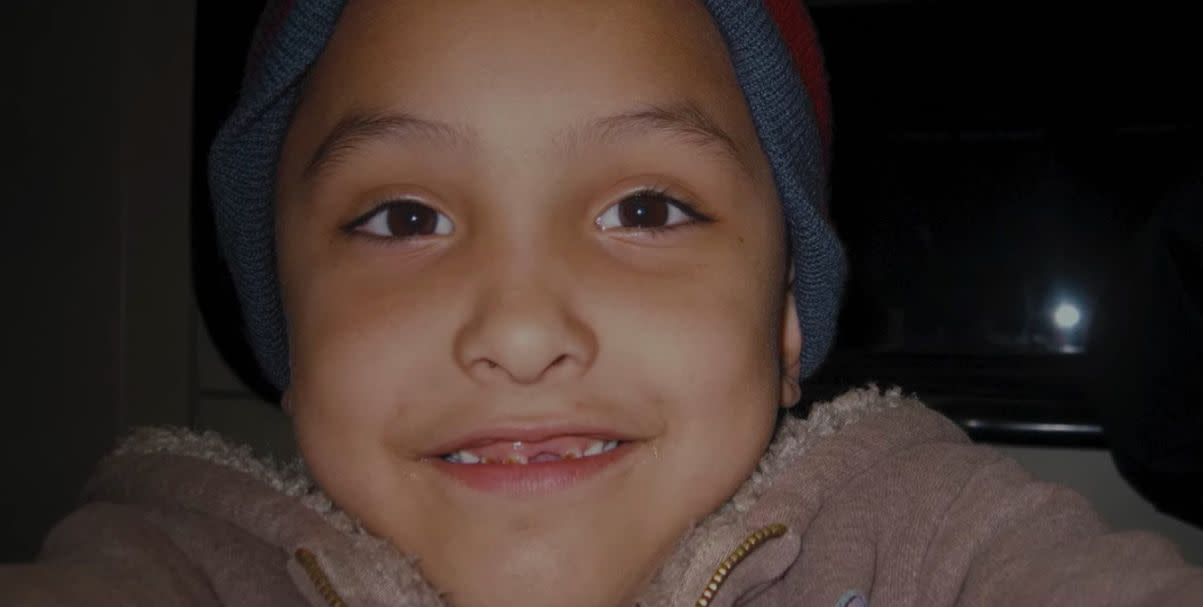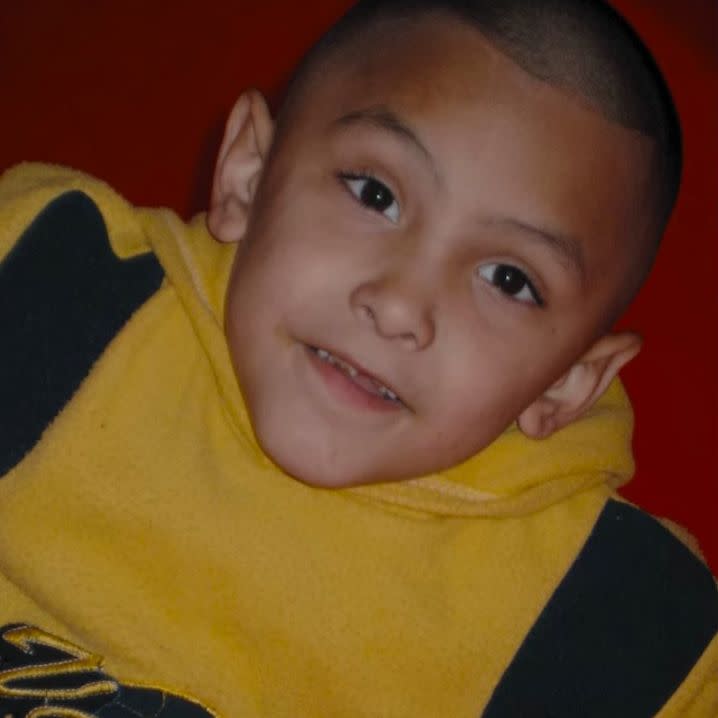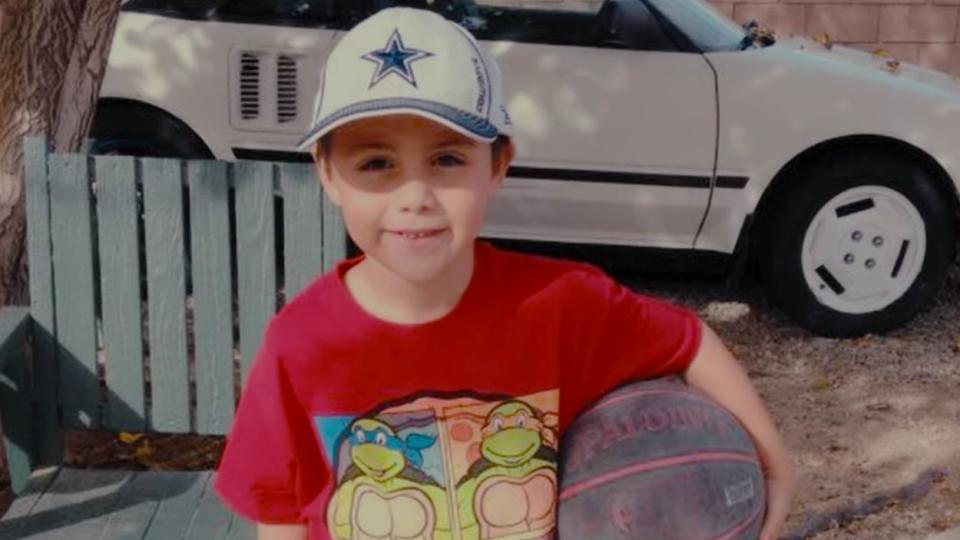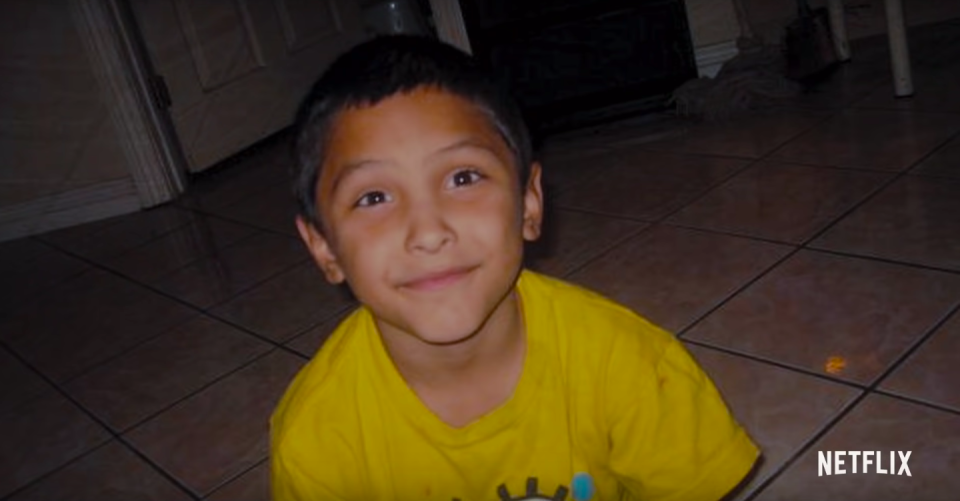The Trials of Gabriel Fernandez – updates in the Anthony Avalos case and more

Note: The Trials of Gabriel Fernandez and this article contain details and discussions of child abuse that some readers might find distressing.
Gabriel Fernandez's mother Pearl and her boyfriend Isauro Aguirre were each convicted of his murder in the first degree. Due to the extreme and prolonged nature of the injuries that Gabriel had on his body, the special circumstance of torture was also added.
Isauro Aguirre was found guilty by jury at trial and sentenced to death, while Pearl took a plea deal (life in prison, without the possibility of parole) to avoid facing the death penalty herself.
Gabriel had been subjected to months of obscene torture at the hands of his mum and her boyfriend, but it was said to have worsened in the time before he was killed. On his final night in their family apartment, Pearl and Isauro beat Gabriel to the point that he was unconscious.
His mother then called the emergency services, making up a story as to why he was injured and instructing her other children to help clear up Gabriel's blood before the ambulance arrived.

He was found unresponsive and taken away in an ambulance, but none of his family members accompanied him to the hospital. Gabriel was unable to breathe on his own and was confirmed to be brain dead (via ABC7). He died two days later, at just 8 years old.
The Trials of Gabriel Fernandez opens with audio of the 911 call and a painful interview with a trauma nurse who tried to save Gabriel's life. She described how they had needed to resuscitate him a number of times and listed the damage that she had noted down. Gabriel had a skull fracture, skin missing from his throat, bruising and cuts all over his face, black eyes, abrasions and ligature marks, cigarette marks and bullets (from a BB gun) inside his lung and groin. It was noted that the injuries were at different stages of healing, indicating how long Gabriel must have been in pain.
"He didn't look like a child," she said. The lasting impact of such an encounter was tangible, both in the weight of her words and the emotion on her face.
Gabriel's story is haunting. For those that were on the fringes of his life, such as the aforementioned nurse or the school teacher who tried to raise the alarm, it will never leave them.

Journalist Garrett Therolf, who reported on the story and took part in The Trials of Gabriel Fernandez, has since spoken about the "secondary trauma" that he experienced while digging into the facts and writing around the case. His work for the Los Angeles Times levelled questions at the system which had failed the 8-year-old, and was the catalyst in bringing wider attention to what had happened to Gabriel.
"When I was in conversations with my friends and family, I think I was probably distracted a lot of time because the story was on my mind," he recalled during an interview with The Wrap. "But the emotional distress that I was under doesn't come within 100 miles of Gabriel's experience, and I think that, you know, what happened to him and the reasons for that really required me and everybody else to put our feelings and needs aside because the story was so important."
The new Netflix series, which has been in the streaming platform's Top Ten since it launched on Wednesday (February 26), is now bringing Gabriel's story to an even wider audience. Therolf described being involved in that filming process as "emotional", adding that after watching the final cut he was left "weeping very deeply".

"It's a lot to process, what happened to Gabriel and the reasons for that," he said.
As for the possible impact that the documentary could have, particularly when it comes to institutional failures within the system, he seems hopeful.
"It's disorienting to wake to this level of interest in child welfare," Therolf tweeted after its release. "It has been a struggle over the years to interest editors in this urgent topic, even when the reporting is overwhelming and revealing, so I hope this makes publications more eager to jump in with seriousness."
With the brandishing of fake news and distrust in the media seemingly at an all-time high, The Trials of Gabriel Fernandez places importance on investigative reporting and its duty to scrutinise government agencies and public services – and, where necessary, hold them to account.

At the very end of the final episode, just as viewers were given a fleeting moment of respite in seeing Pearl Fernandez and Isauro Aguirre put behind bars for the remainder of their lives, we were told of another tragedy.
A mere two weeks after this sentencing, another boy by the name of Anthony Avalos died, this time aged 10.
This also occurred in California's Antelope Valley area, and the media were quick to draw other parallels between Anthony and Gabriel's cases. Anthony was found not breathing, and his mother reportedly told the police that he had fallen. He was rushed to hospital, but died less than 24 hours later. He had suffered severe head injuries and had cigarette burns on his body, according to a news report featured in the documentary series. There were other similar patterns of abuse. What's more, in each case an alleged homophobic hate crime element was put forward as a possible motive.

More protests began outside the DCFS office (who denied that the cases were similar) in Palmdale. The LA County Department of Children and Family Services had stopped its involvement with Avalos in 2017 (more than a year before his death), so Anthony was not under its supervision when he died. Judge Michael Nash, who is the executive director of the LA Office of Child Protection, said (via a LA county government document) that the case was "very dissimilar to the notorious and awful 2013 death of Gabriel Fernandez".
Garrett Therolf also wrote about Anthony Avalos for the LA Times. In the article entitled 'The horrific death of Anthony Avalos and the many missed chances to save him', dated September 2019, he wrote: "His body showed signs of prolonged abuse. His skin was bruised and burned from head to toe. His once-healthy frame had wasted to skin and bones."
The article also quoted one of the physicians at the children's hospital as saying, "Oh, my God. How does this happen?" upon looking at Anthony's body.
Anthony's mother Heather Barron, and her boyfriend Kareem Leiva, have both been charged with first-degree murder, as well as the special circumstance allegation of intentional murder with infliction of torture (per KTLA5, via Newsweek). They are currently awaiting trial, but have denied the allegations. The LA County District Attorney apparently plans to seek the death penalty.

In a 2018 feature for the Atlantic, Therolf wrote that, in LA County, a child would be killed by a parent or guardian, or come close to death, at least a couple of times a month – a statistic that is equal parts scary, heartbreaking and infuriating.
To highlight earlier sentiment: Gabriel wasn't listened to when he was alive, but now that this series has elevated his voice, we can only hope that such tragic history is halted from repeating itself. Again.
Readers who are affected by the issues raised in this story are encouraged to contact the NSPCC on 0808 800 5000 (www.nspcc.org.uk). Readers in the US are encouraged to contact the Childhelp National Child Abuse Hotline on (1-800-422-4453) or the American SPCC (www.americanspcc.org).
Digital Spy now has a newsletter – sign up to get it sent straight to your inbox.
Want up-to-the-minute entertainment news and features? Just hit 'Like' on our Digital Spy Facebook page and 'Follow' on our @digitalspy Instagram and Twitter accounts.
You Might Also Like
